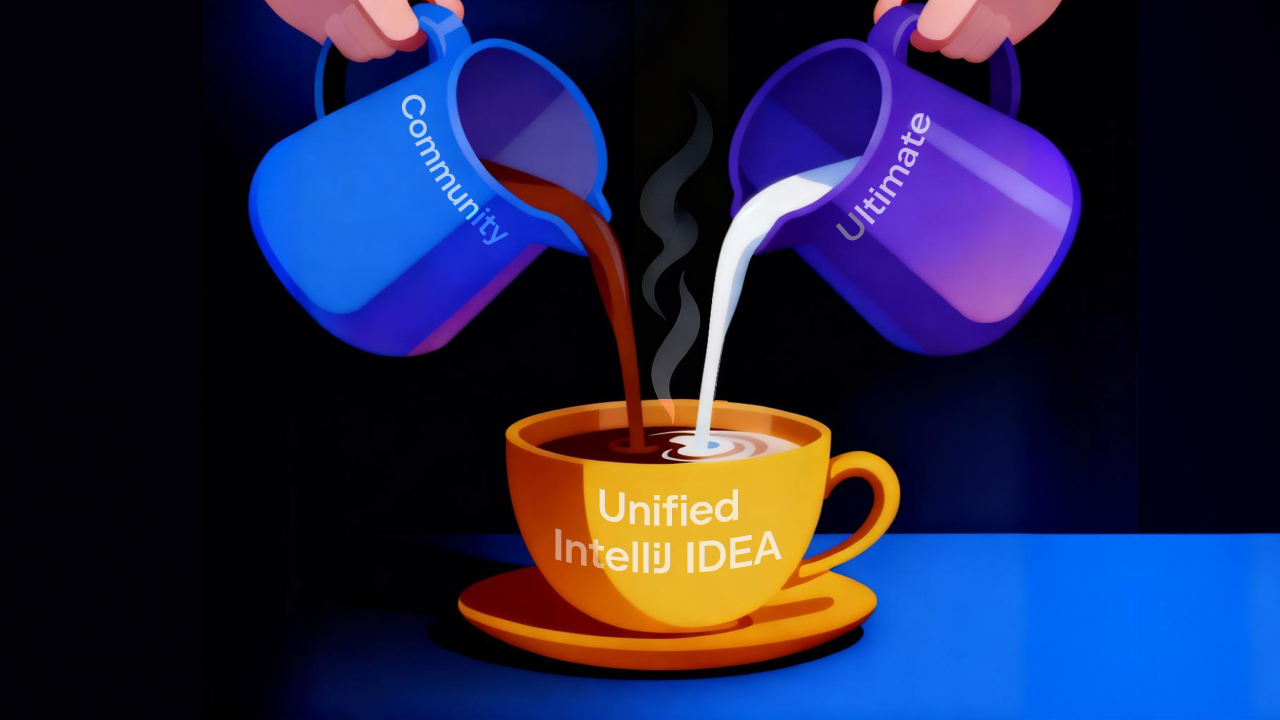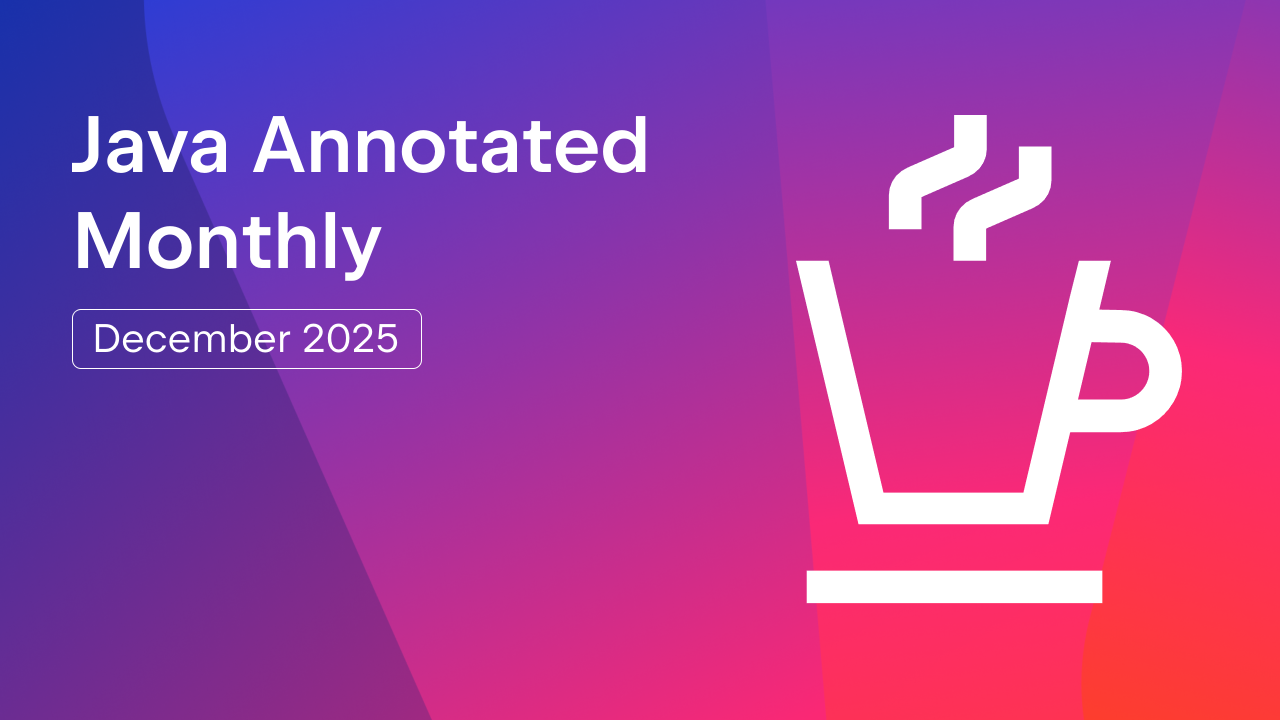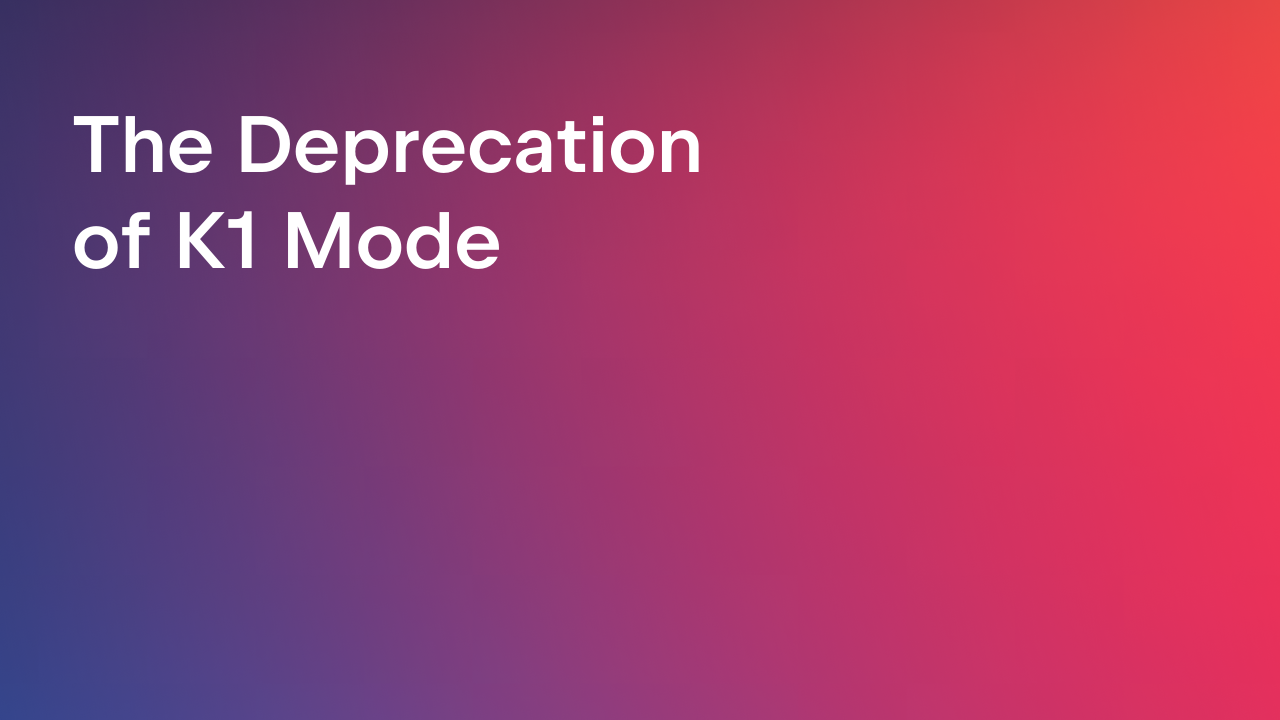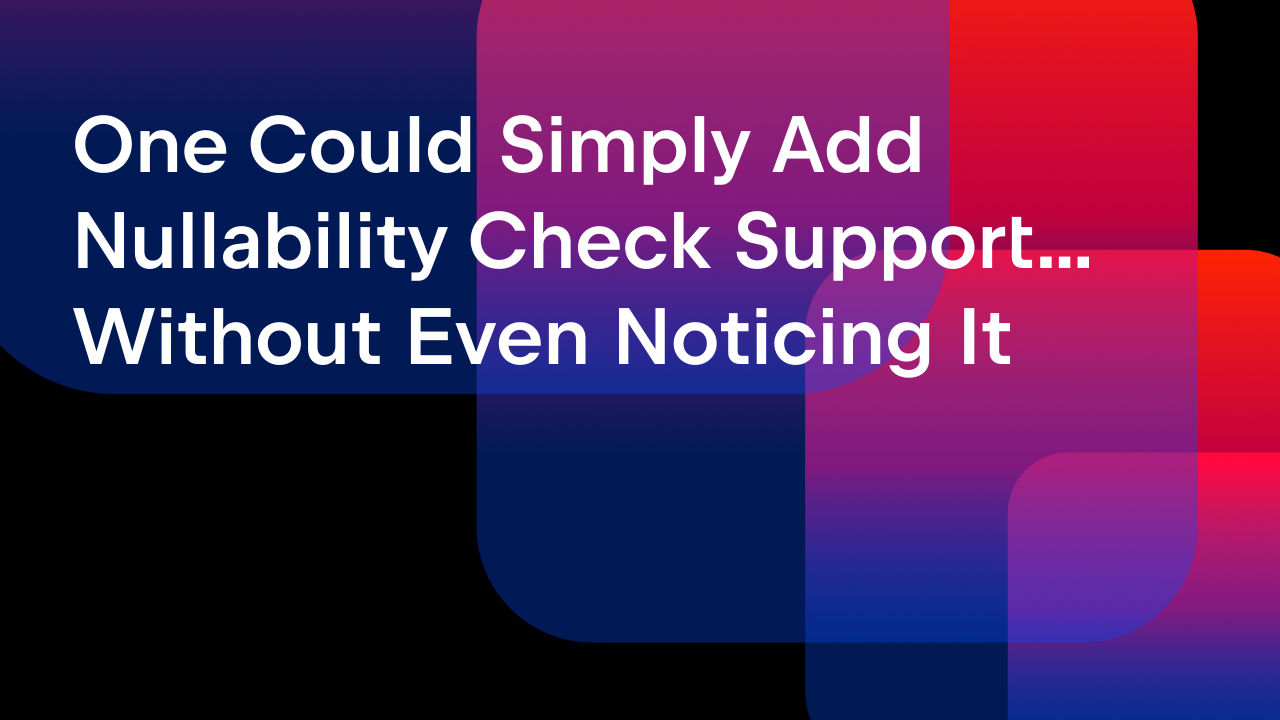IntelliJ IDEA
IntelliJ IDEA – the Leading IDE for Professional Development in Java and Kotlin
IntelliJ IDEA Moves to the Unified Distribution
Note: This article has been updated to reflect the status of perpetual fallback licenses under the new distribution model.
We are excited to announce the next step for IntelliJ IDEA: we are moving to a single, unified distribution. And yes, before you ask, our commitment to open source remains as strong as ever.
There will be just one IntelliJ IDEA installer, replacing the separate downloads for Community Edition and Ultimate Edition. In this new setup, all Ultimate features will still require a subscription to unlock. But even without a subscription, the IDE will remain fully functional, free to use for both commercial and non-commercial projects, and will include more features than the current Community Edition ever had.
In this article, we will walk you through the actual transition plan, what it means for your day-to-day development (spoiler: we expect it will only improve your experience), why we are making this change, how we are continuing to support open source, and other questions you might have about the new unified distribution.
The Plan for Transition
The move to a unified distribution will happen in several steps to ensure a smooth and transparent experience for all users. Here is how the transition will unfold and what it means for you. It will include three steps illustrated in the picture below.
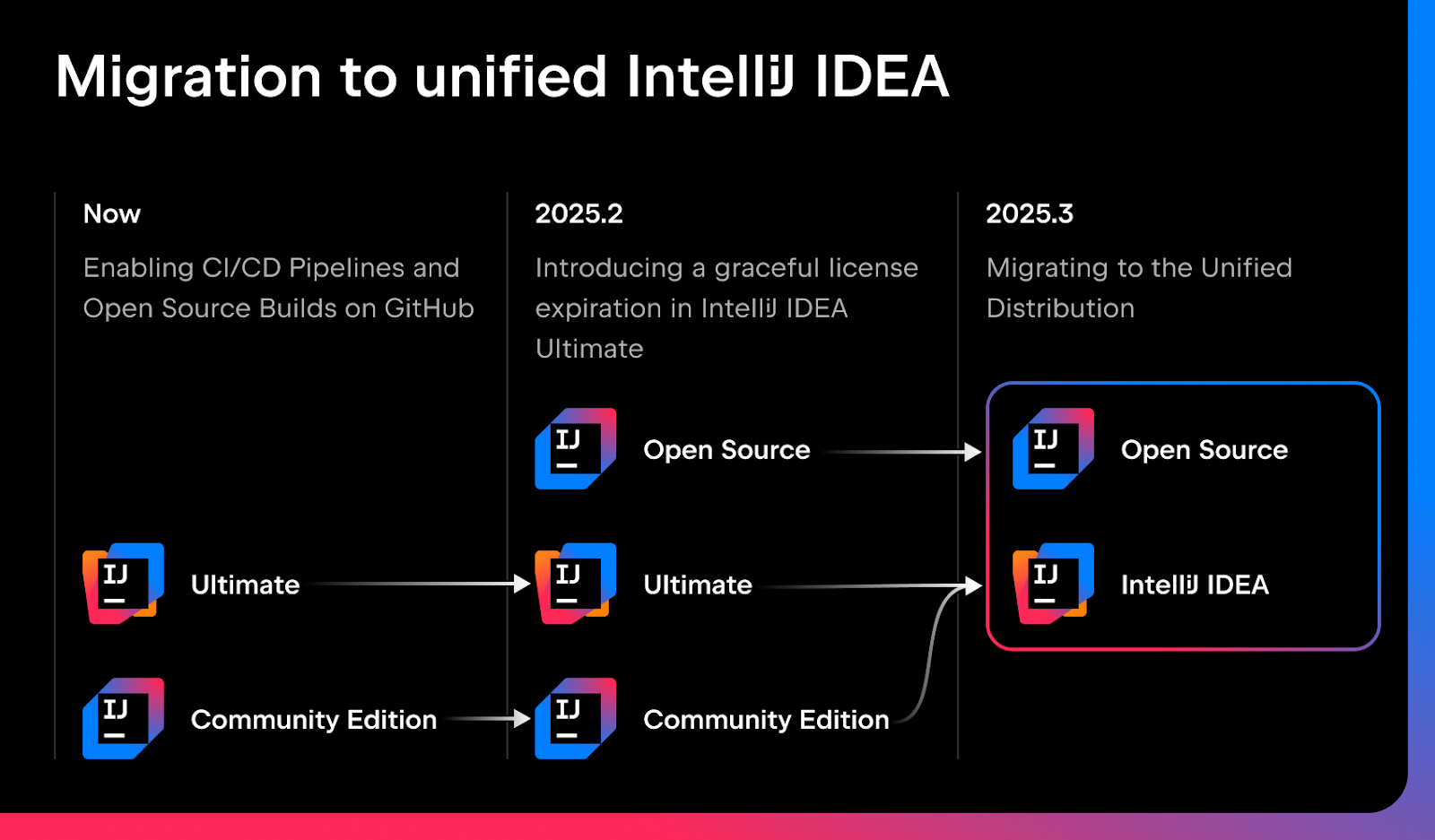
Enabling CI/CD Pipelines and Open Source Builds on GitHub
We are making it easier than ever to build IntelliJ IDEA from source. To support open-source workflows and improve transparency, we will begin publishing open-source builds directly to GitHub Releases. These builds will include only the open-source components, as outlined in the More Details About Open Source section below.
We are also introducing ready-to-use CI/CD pipelines powered by GitHub Actions. With just a few steps, anyone can fork the project and produce a working build from the source.
This step is entirely non-intrusive and won’t affect your day-to-day workflow.
Introducing a Graceful License Expiration Experience
Starting with IntelliJ IDEA 2025.2, we are updating the licensing experience for Ultimate users. If your subscription expires, you won’t be locked out of the IDE. Instead, you will continue to have access to the same version of the IDE, but with the feature set matching what is available for free (previously known as Community Edition).
This means your work will not be interrupted, even if your subscription lapses while you are on vacation or between renewals. You will still be able to open your projects, write code, and stay productive, without the need to use another IntelliJ IDEA version.
Your perpetual fallback license still works as before, giving you access to the last major version available at the time your most recent uninterrupted year of subscription began. With the unified distribution, this means you can activate older versions that match your fallback license. Alternatively, you can use the latest version of IntelliJ IDEA with access to its current free feature set.
This step affects only users of IntelliJ IDEA Ultimate and ensures a better experience in case of license expiration.
Migrating to the Unified Distribution
With the 2025.3 release, IntelliJ IDEA Community Edition will no longer be distributed as a separate product. Instead, all users will download a single IntelliJ IDEA distribution: one installer and one update stream.
If you are currently using Community Edition, your IDE will automatically update to the unified distribution via the usual patch update process. You will get access to additional features at no cost and a more seamless experience. You will also be able to try Ultimate features with just one click.
The change is minimal for Ultimate users: the IDE will simply be called IntelliJ IDEA without the “Ultimate” suffix.
The Way to Single Distribution
When we introduced IntelliJ IDEA Community Edition in 2009, it was an important milestone — not only for the IDE, but also for JetBrains as a company. For the first time, we opened the source code of our IDE and provided a full-featured Java development environment for free. It was a bold step, and looking back, one of our best. We remain proud of it!
The Community Edition became the foundation of our open-source efforts. It enabled millions of developers to start using IntelliJ IDEA and helped build a strong ecosystem of contributors, plugin creators, educators, and learners. For many, it was their first introduction to Java or Kotlin programming and IntelliJ IDEA.
Over time, though, the boundary between open-source and proprietary components blurred. Today, even the Community Edition includes some functionality that is not open source. This was never the original intention. These additions have been made gradually, one by one, to support real user needs. After years, they reached a critical mass that introduced inconsistency in what the “Community Edition” name was originally given to.
One of our longstanding goals has always been to provide a smooth “out-of-the-box” experience. That is what we continue to build. With the move to a single distribution, we want to honestly reflect the reality of what IntelliJ IDEA has become: a single, complete IDE that delivers the best experience for professional development with Java and Kotlin. It is powerful. It is free. It becomes even more capable with an Ultimate subscription. Its core remains open source, but it also includes functionality that, for business reasons, cannot be open-sourced.
A Variety of Problems Solved with the Unified Distribution
There have been a number of other reasons for moving to a single distribution. Each reflects our long-term goals: delivering better quality, simplifying the user experience, and making IntelliJ IDEA more accessible to everyone.
Fewer versions mean better quality. Maintaining separate Community and Ultimate builds has always required parallel testing, validation, and packaging. By unifying the distribution, we can streamline development and focus our efforts more effectively, leading to faster iteration, fewer inconsistencies, and higher overall quality.
Less confusion for educators and students. Many educators have told us that managing multiple versions creates friction in the classroom. It is not always clear which edition to install or what to do when a trial expires. With a unified distribution, we can offer a simpler setup for teaching and learning. It is also worth highlighting that IntelliJ IDEA Ultimate has always been free for students and classroom use, and we remain committed to supporting the academic community. We will continue to improve how educators and students access the full power of IntelliJ IDEA for educational purposes.
Free can go beyond open source. While our commitment to open source remains unchanged, not all features can be open-sourced. However, we still want more developers to benefit from them. With this change, some previously Ultimate-only features will now be available for free, even though they remain proprietary. We believe that “free to use” should not be limited to “open-source only.”
Easier access to premium features. Trying out IntelliJ IDEA Ultimate should be simple. The unified distribution removes friction from the trial experience, letting developers explore premium functionality without switching installers or environments.
More Features Available for Free, Ensuring a Great Experience for Every Java and Kotlin Developer
Throughout our journey, we have always felt a strong responsibility to support developers just starting out — those who need to explore different frameworks without additional barriers. By unlocking the following features for free, we aim to remove obstacles for those beginning their professional development.
Code highlighting beyond basic language support is essential for clear, readable code, especially when learning a new framework or language. Now, IntelliJ IDEA, with no subscription, provides syntax highlighting for popular frameworks like Spring, Jakarta EE, Quarkus, Micronaut, JPA (JPQL/HQL), templating engines such as Thymeleaf, Velocity, FreeMarker, and JSP, Kubernetes manifests and Helm charts, and finally, non-JVM languages.
Quick project setup is crucial for getting started quickly. In the unified distribution of IntelliJ IDEA, the list of wizards for setting up a new project will be extended for Spring, Jakarta EE, Quarkus, Micronaut, and Ktor. We will look into bringing more support for non-JVM languages in the future.
Database schema exploration helps you visualize and understand your database structure more clearly. In the unified distribution, IntelliJ IDEA lets you connect to your database and view its schema (tables, columns, indexes) directly within the IDE, even without a subscription. While you won’t have access to data or SQL execution without a subscription, this feature offers a beginner-friendly view of your database design.
For developers looking for advanced tools and ultimate development comfort, IntelliJ IDEA offers powerful features like smart framework support, AI-assisted coding (available for all product pack subscribers or requires an additional AI subscription), remote development, advanced database tools, seamless polyglot experience, diagramming tools, UI test frameworks, a powerful profiler, HTTP Client, and more. These features will remain available to subscribers only, but with the unified distribution, everyone can try them easily with a one-click trial.
More Details About Open Source
As mentioned, our commitment to open source is as strong as ever. We will keep the open-source parts of the IntelliJ IDEA codebase on GitHub up to date and open for everyone. This codebase powers not only IntelliJ IDEA but also other well-known products like Android Studio, HCL Volt MX Iris, and Adobe AEM Developer Tools, as well as many internal tools in various companies used by developers every day. We take full responsibility for making sure these tools stay reliable and future-proof.
To make it easier for the community to use and contribute, we will provide CI/CD pipelines (GitHub Actions), so anyone can build their own version from the source code. We will also start publishing open-source builds directly on GitHub, so you will be able to download and use them right away without setting up a build environment.
These builds will include only the open-source parts, just like the original Community Edition. Effectively, that means that GitHub builds will not include the following features:
- Backup and Sync — synchronizes your IDE settings and plugins across different machines using your JetBrains account
- Package Checker — scans dependencies to reveal known security vulnerabilities
- AI ranking for code completion and search everywhere — improves output sorting for code completion and search everywhere
- AI Assistant — provides powerful AI support in JetBrains IDEs
- Qodana plugin — maintains high code quality and compliance through static code analysis
- Localization plugins (Japanese, Korean, Chinese) — translate IDE UI into multiple languages
- Kotlin Notebook — enables interactive notebooks for Kotlin, targeting exploratory coding and data science tasks
- WSL capabilities — unlocks development in a real Linux environment while using Windows
- Code With Me — provides collaborative capabilities for real-time development
However, most of these features, except WSL support, will be available as free plugins on the JetBrains Marketplace. So, if you would like to tailor your own IntelliJ IDEA setup, you will be able to manually install plugins you find useful. And they will always be available for free as part of the unified IntelliJ IDEA.
For the open-source builds, there will be no in-product update, new versions will be published on GitHub and can be downloaded from there.
Changes to plugin development
The move to a unified distribution will introduce changes for plugin developers. These changes will only apply to plugins targeting IntelliJ IDEA 2025.3 and later versions. We’ll provide additional details in a dedicated post closer to the start of the 2025.3 Early Access Program.
Conclusion
We are happy to continue delivering the professional tools you love. With this move to a single, unified distribution, we hope to make IntelliJ IDEA even better — higher quality, more features, and no more confusion over which version to download. Our commitment to open source remains as strong as ever: the Community Edition will stay fully available on GitHub, complete with CI/CD pipelines and nightly builds.
We hope all our users, from students and newcomers to seasoned enterprise gurus, will benefit from these changes. Your feedback is invaluable as we roll out this new model. Please share your questions, ideas, or suggestions in the comments below (if you are reading on our blog) or email us at single-distro-feedback@jetbrains.com. You can also check out our FAQ about the unified distribution for more details. Thank you for being part of the IntelliJ IDEA community! We look forward to building the future of our IDE together!
Subscribe to IntelliJ IDEA Blog updates



